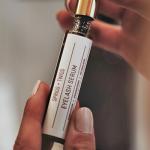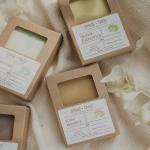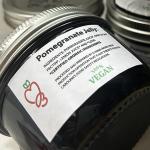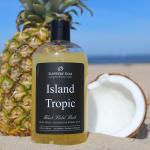-
What Makes a Supplement Label Stand Out on the Shelf?
Continue reading »A clear, compliant, and durable supplement label can make all the difference in capturing attention and building trust with health-conscious buyers.
-
How to Print High-Impact Labels for Home Fragrance and Cleaning Brands
Continue reading »This blog highlights how durable materials and strategic design can elevate home fragrance and cleaning product labels to stand out while withstanding daily use.
-
Hot Weather, Cool Labels: Custom Beverage Packaging That Stands Out
Continue reading »Get practical tips and material recommendations to ensure your custom bottle labels stay vibrant and intact through summer heat, moisture, and handling.
-
Custom Cosmetic Labels That Sell: Tips for Beauty Brands
Continue reading »Create cosmetic product labels that stand out, stay compliant, and support your brand across every SKU.
-
Cozy Up Your Packaging: Fall-Inspired Soap Label Ideas for Autumn Launches
Continue reading »This blog shares creative fall soap label ideas and material tips to help brands evoke seasonal warmth and boost shelf appeal.
-
Farmer's Market Products: Choosing Durable, Moisture-Resistant Label Materials
Continue reading »This guide highlights the best water-resistant label materials for farmer’s market products, ensuring your packaging stays durable and attractive in any booth condition.
-
What is BOPP Label Material and When Does It Work Best?
Continue reading »Choosing the right custom label for tapered containers can be challenging. Discover helpful tips and expert advice on label sizes, shapes, and application techniques for your packaging needs.
-
List of Products with Prop 65 Warnings (By Industry)
Continue reading »We break down which everyday products commonly carry a Prop 65 warning and explains what the label means for consumers and businesses.
-
Maximizing Compliance and Transparency: The Role of Custom Barcode Labels in the Cannabis Industry
Continue reading »Selling products in the cannabis industry, whether for medical or adult-use purposes, requires adherence to stringent regulations and legal standards. Despite the challenges, many entrepreneurs find the thriving cannabis market worth the effort. While specific regulations vary by state and product, certain common features, such as barcode labels, are essential for compliance.










